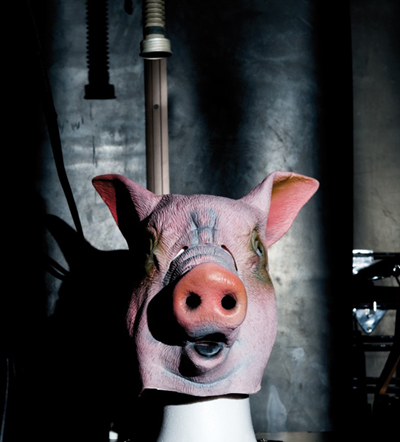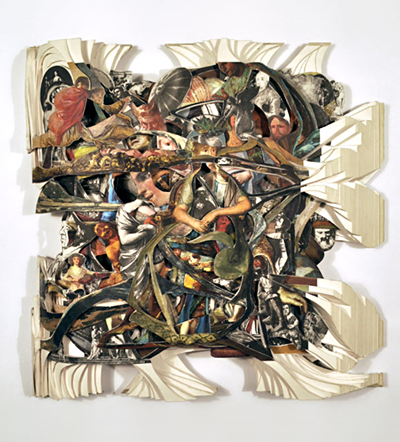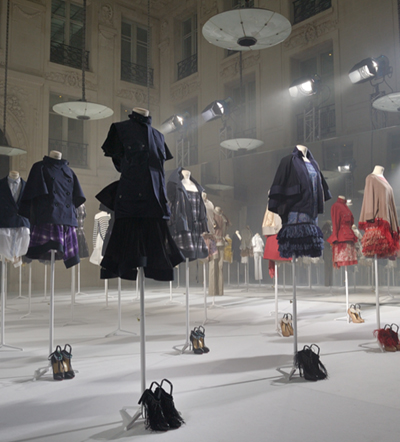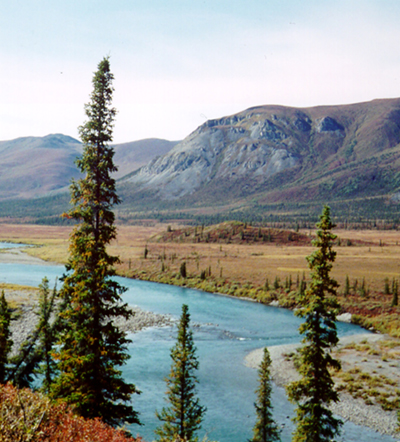Lane Coder, a photographer living in Brooklyn, has been working professionally in the commercial world for more than seven years. Over the last 5 years Lane’s work has won much acclaim and has been included in Art + Commerce’s “Festival of Emerging Photographers” competition and gallery show (2003), W magazine’s “Behind the Lens” Competition and gallery show (2004), PDN magazine’s “30 to Watch” competition and publication (2007), The International Photography Awards competition and book (2006), Surface magazine’s “Avant Guardian” competition and publication (2007) and his work in Playground, an art and fashion book was accepted into the Metropolitan Museum of Art Costume Institute’s permanent collection. Exhibiting a broad range of work, from portraits, landscapes and fashion spreads to a music video, there appears to be a modern, ethereal quality to his work, a common thread that unifies his pictures. His aerial series, inspired by his late father started with experiments with shooting out of a plane window in college. His carefully composed pieces, conscious of color and texture reveal a more painterly, fine art quality in his photographs.


After decades of reorganization and reconstruction, Berlin has emerged as a hip European capital and tourist destination. Berliner Luft, a book by photographers Benjamin Tafel and Dennis Orel, celebrates some of the city’s less obvious delights. It spotlights destinations tucked away in faraway neighborhoods, behind unmarked doors, and open only late at night.
Divided politically, culturally, and physically after World War II, Berlin was a potent symbol of both cold war anxiety and postwar recovery. After reunification in 1989, and before the international economic collapse in 2008, the city offered plentiful housing stock and affordable rents. This, as well as the slightly romantic, run-down spirit of the place, drew creative types from around the world. So, at the same time that Germany was becoming part of the European Union, Berlin was distinguishing itself as a global center for art, fashion, design, and food. The city which had, before reunification, inspired musicians like David Bowie and U2, gave rise to a mecca-like club scene and became a playground for international DJ’s. The city’s oldest airport, Tempelhof, which was designed as a stage set for the Third Reich, was closed to air traffic in 2008 and has been happily, if controversially, repurposed for skateboarding, fashion shows, and music festivals.

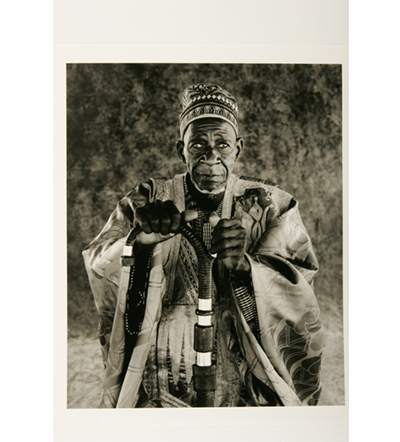
Chief Pare Maurice by Jean-Dominique Burton 2004/2006
Dutch photographer Jean-Dominique Burton is a cultural preservationist. For Nabaas—Traditional Chiefs of Burkina Faso, Burton’s ethnographic images capture the rich history of the Nabaas, the traditional power structure of Burkina Faso. The west African country whose name means “the land of upright men” or “land of honest people” is a nation where old and new power structures coincide. “The Nabaas administer justice and resolve problems in ways that the centralized modern structure sometimes cannot, because the Nabaas are better informed of people’s real needs.” Fascinated by this coexistence, Burton took on the challenge of photographing the Nabaas – a work that has been attempted several times, without success. Equipped with only a medium format camera, black and white film, and the light of day, Burton’s “photographic paintings” are a rare and intimate glimpse of the Kings “portraying them alone, without the opulence of their palaces and without their families or normal coterie of ministers.” The result is a series of deeply revealing, fine silver gelatin portraits, through which Burton hopes to “convey my belief that this culture is a treasure to be preserved. Such cultures can be easily lost and forgotten if we are not mindful of them and their importance.”
Nabaas—Traditional Chiefs of Burkina Faso is on view at the Bekris Gallery, San Francisco through December 29.

For an artist who has worked within the confines of one material for the better part of his career, Brain Dettmer’s artwork has been explained in a variety of clever ways: book autopsies, excavations, conceptual deconstructions, 3D collage. It seems his technique (using surgical tools and knives) and finished products are so unique, nobody really knows what to call it. Taking one of the most recognizable symbols of the Modern Age — books — and reinventing them in a radical, magical, unexpected way, Brian Dettmer’s become something of a sculptor, cartographer, and historian all rolled into one. Much like the surprises a reader experiences with every turn of the page, each hard-cover book sculpture involves a huge degree of happenstance. Once Dettmer seals a book and starts to carve, he has no way of knowing what’s coming next. Dettmer talked to PLANET about knowledge, power, and the tantalizing lure of the future.
Can you begin by talking about your new show, “New Worlds to Conquer”?
I’d been thinking about the quest for knowledge and exploration of the world by adventurers and authors around the beginning of the 20th century — specifically between WWI and WWII — when flight became accessible to an elite few. There was a strong drive to explore the world and share discoveries of these adventures in books. The search for knowledge and exotic places can be a slippery slope though.


Designers Matt Johnson and Jason Logan cite “Prism Cloud” as an example of their aim to use sustainable technologies as tools for creating transformative experiences. As colleagues at the University of Houston College of Architecture, they have collaborated on this solar energy entrant in the Land Art Generator Initiative with several objectives in mind.
“Our goal was to make a project that would be simple to install, compelling as an experiential space, and that would generate energy without appearing explicitly infrastructural,” explains Johnson.
One of the major criticisms leveled against any large-scale installation of solar panels is the sheer size of the footprint. The monumental solar field proposed for Deming, New Mexico, for example, will cover more than 3,000 acres of surface area upon its completion. So while there are environmental benefits to be gained from any photovoltaic-based source of electricity, “Prism Cloud” offers a lighter touch: it consists of malleable, thin-film solar cells strung together by cable and suspended cloud-like above the ground as a canopy, held aloft only by a series of structural concrete piers (or oases). The lightness of the physical footprint atop the earth’s surface makes this an appealing proposal, but it is a different form of light altogether that turns this energy generator into a genuine piece of land art.

Click for Slideshow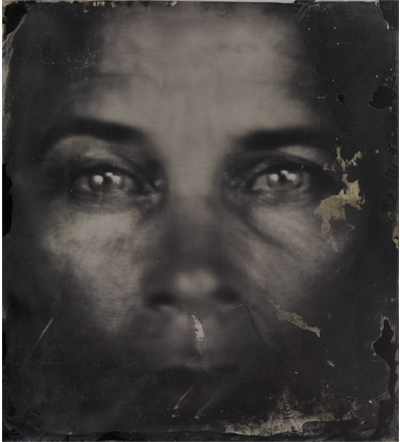
![]()
Sally Mann’s photographs have always had a tendency to unsettle people. Most famously, the photographer became a target of the culture wars in the early 1990s, when her direct, unsentimental images of her young children attracted national attention. Right-wing politicians were enraged that Mann, an artist supported by the National Endowment for the Arts, was photographing her children naked with bloody noses and urine-stained sheets. Unwittingly, she opened up a heated and vexing discussion about depictions of children in photography—a subject nuanced enough that it has inspired two novels to date: Kathryn Harrison’s Exposure and Dani Shapiro’s Black and White.
To Mann’s credit, there was no artistic compromise following her spell as a congressional punching bag. In the two decades since, she’s gone on to produce work every bit as challenging as her early images of her children. Now, The Flesh and the Spirit (Aperture), which accompanies a retrospective exhibition at the Virginia Museum of Fine Arts, gathers together nine series of her images. It confirms Mann’s position as a major American artist whose work is often beautiful, often disquieting, and sometimes both at once.
As the title implies, the images show an intense preoccupation with the human body and the relationship between its corporeal form and its animating life force.



Honest Jon's Records
Martina Topley-Bird — brought to attention by Tricky and presently wowing audiences as Massive Attack’s featured vocalist, reworks her first two albums, Anything and The Blue God, on Some Place Simple. Functioning as an unplugged and/or live album of sorts, Some Place Simple strips Topley-Bird’s songs to their bare bones, much like her supporting performances on the current Massive Attack tour. Topley-Bird’s voice is accompanied by the odd piano plinks, drum taps, and tinkling chimes. “Baby Blue” is lullaby-like with the hoarse plucks of a ukulele tugging at Topley-Bird’s easy croon. Percussion on “Lying” thumps organically, pulsating with Topley-Bird’s sugary delivery. On “Ilya” Topley-Bird carries the minimal sounds with only layers of vocals and no instrumentation other than the odd finger-snap or tongue cluck. On “Sandpaper Kisses” Topley-Bird’s voice whispers softly and chillingly on its own. It is then pushed to the side as a grinding guitar takes over. Pulling back, it leaves her voice as the main focus. The four new tracks on Some Place Simple follow this unadorned formula — a hopeful direction for her next album.
Audio clip: Adobe Flash Player (version 9 or above) is required to play this audio clip. Download the latest version here. You also need to have JavaScript enabled in your browser.
Buy this at Other Music or iTunes. After the jump, check out Massive Attack’s video for “Psyche”, featuring Topley-Bird.


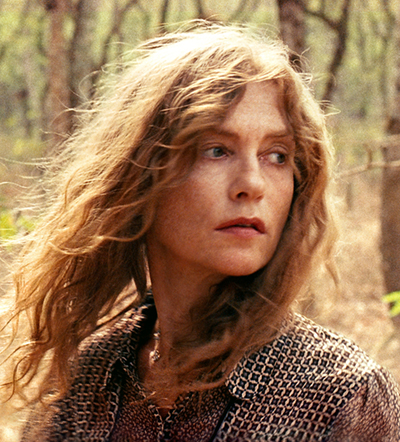
Isabelle Huppert as “Maria Vial” in WHITE MATERIAL directed by Claire Denis Photo Credit: © An IFC Films Release (Click to enlarge)
Once called “French cinema’s most beloved psychopath,” Isabelle Huppert is renowned for her provocative, intense, and unsparing performances in films such as The Piano Teacher and Violette Nozière. While beguiling, the “psychopath” moniker doesn’t quite stick: the characters Huppert plays can be murderous or sadomasochistic, but her performances are characterized by an exploration of the darker side of human nature, rather than an exploitation of it.
In her latest film, White Material, Huppert plays Maria, the white manager of a coffee plantation in an unidentified African country on the verge of civil war. When most – if not all – of the other white families flee, Maria refuses to leave: a refusal that is either the mark of exceptional resolve or exceptional stubbornness. Eventually her son takes up with child soldiers following a rebel leader known only as “The Boxer,” while Maria, with her deep, mysterious attachment to the land, refuses to acknowledge that the country she has lived in for so long has been irreversibly altered. PLANET spoke to Isabelle Huppert about White Material, her work with renowned French director Claude Chabrol, as well as her recent unexpected appearance in Law and Order: SVU.

There’s nothing like sharing a NYC sidewalk with a swell-headed poodle sporting fancier accessories and a better haircut than you to realize stereotypes exist around every corner (or in fashion’s case, around every closet). Example: if I said “cardigan”, what’s the first word that might pop into your head? Classic? Conservative? Perhaps.. boring? Luckily, exceptions to the rule also exist.
Enter Sacai–the small Japanese label more intent on breaking with tradition than following it. Chitose Abe, the one-woman show behind Sacai, has been quiet at work crafting her caliber of knit and tailored separates that are anything but. Before launching her collection in 1999, Abe cut her teeth at the very top of fashion’s food chain, designing knitwear for Comme des Garcons and Junya Watanabe, respectively, for 8 years. As such, “classic” might as well be a four-letter word, while “whimsical” and “avant-garde” are standard issue in describing Sacai’s aesthetic.
You’ll see things like delicate flounces of satin or chiffon – Abe’s go-to finishing fabrics – set into seams or added to hemlines to create an unexpected burst of volume, or detachable cuffs and collars in boldly contrasting textures that shouldn’t work together, but always do. Some pieces are even fully reversible, allowing the wearer to change up their entire look without ever having to change their clothes.

There aren’t many inhabitants in the remote northeastern corner of Alaska, and that’s completely by design. The area remains off limits to development, excepting the caribou and Dall sheep that call the North Slope home or the polar bears and beluga whales found along the Beaufort Sea coast. It has been 50 years since the 19.3 million-acre Arctic National Wildlife Refuge was established, and though its barren tundra and snow-capped peaks appear as majestic as ever, their future survival as untouched pieces of the American landscape is less than certain.
When nearly 9 million acres were first designated for protection under President Eisenhower in December of 1960, the public land order drafted by the Interior Department explained that the measure was being taken “for the purpose of preserving unique wildlife, wilderness, and recreational values.” The refuge has been greatly expanded since then, most notably under President Carter in December 1980, eventually resulting in the cordoning off a territory nearly the size of South Carolina. And yet, conservationists of previous decades could not have anticipated the human intrusion that has begun to take place by means other than direct encroachment on the land. The U.S. Fish and Wildlife Service, which manages the territory, reports a five to seven-degree Fahrenheit temperature increase in the region over the past fifty years, (understandable given the Arctic’s accelerated warming trends). The effects are already being seen in the form of thinning sea ice and coastal erosion.






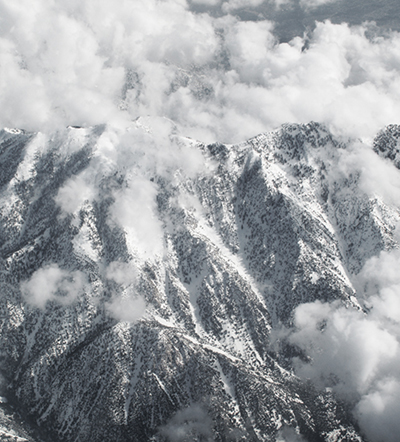
 Facebook
Facebook Permalink
Permalink Digg
Digg Reddit
Reddit LinkedIn
LinkedIn StumbleUpon
StumbleUpon Tumblr
Tumblr